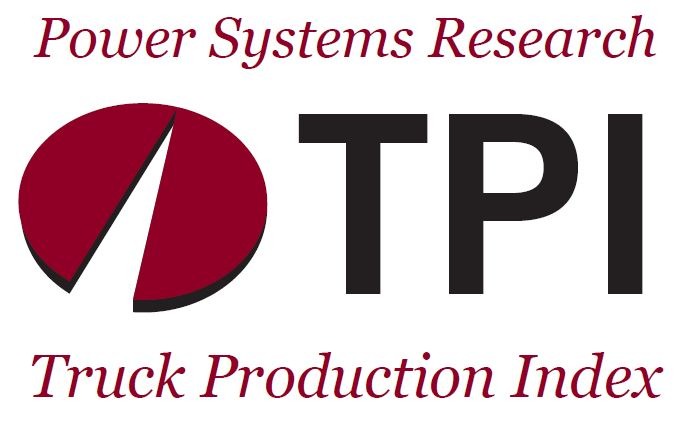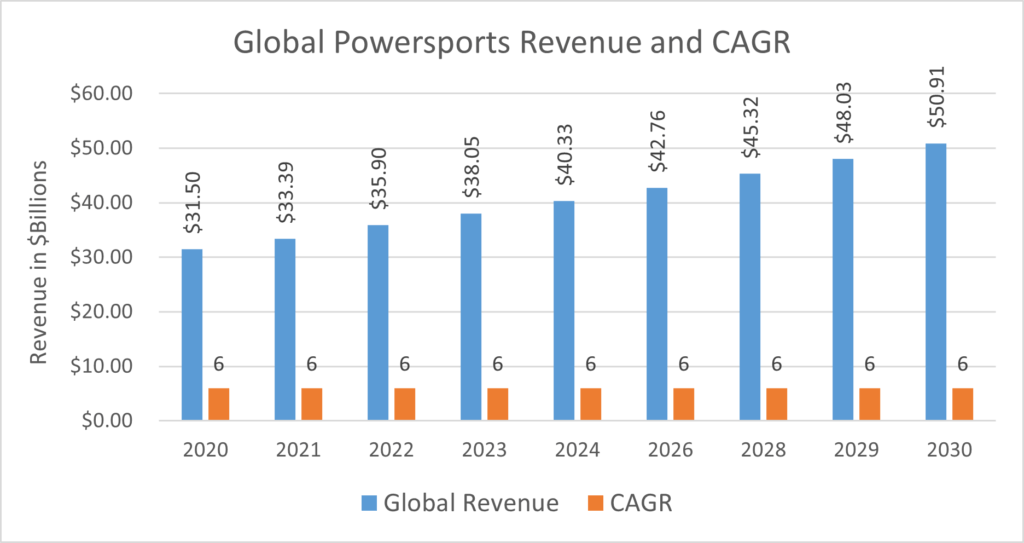MHV Production Growth Expected in 2022-2023

Summary: Global demand for Medium and Heavy Commercial Vehicles (MHV) rebounded in 2021 but overall growth in the segment was flat. Going forward, we expect the growth to accelerate in 2022 and 2023. The exceptions to this rebound trend are in China and India, which continue to decline and sharply drive overall global production numbers into negative territory.
We expect global production volumes in 2022 to gain 3.7% vs 2021, with a positive trend in all regions, except for China, where we expect production volumes to be down -3.6% in 2022 vs 2021. China experienced a surge in demand during 2020 due to the change in emissions regulations, so 2021 was down significantly, about 20%.
North America: While supply chain disruptions continue to negatively impact the commercial vehicle market, medium and heavy commercial vehicle production is expected to finish 2021 15.8% higher than 2020. The forecasted production growth rate is expected to continue to show improvement through 2023 as supply chain disruptions ease and truck capacity in the market begins to align with demand. The disruption in the supply chain and on-going issues with Covid will continue to impact the market this year.






